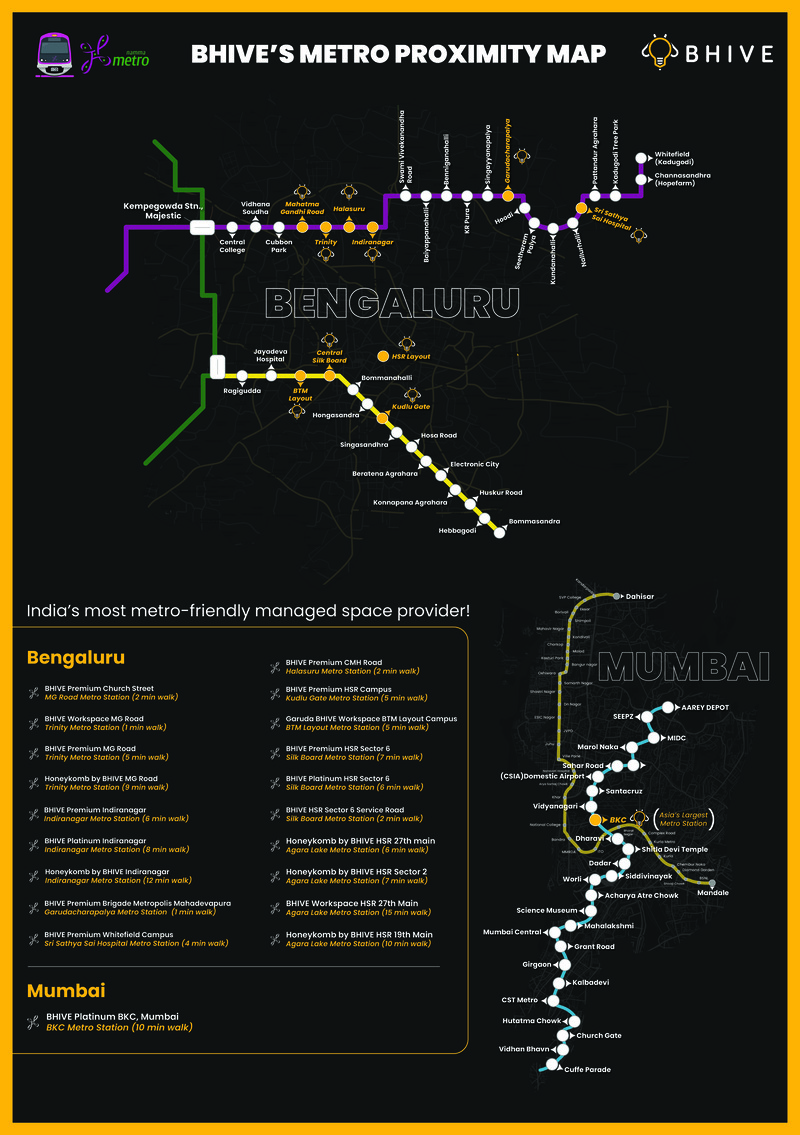SEO Tactics to Boost Search Traffic

Here are some SEO tactics from BHIVE to boost your website’s search traffic!
On-Page SEO is critical to boosting organic traffic to your website. In the post-Hummingbird era, SEO experts all around the world have had to slightly tweak their on-page SEO tactics to boost search traffic and stay ahead of the curve.
When it comes to on-page SEO, I’m sure you know the basic techniques such as adding keyword-rich title tags, meta descriptions, etc. to optimize your content. While these basic tactics are necessary, you’ll need to know a few advanced on-page SEO techniques to outrank your competition.
In this article by BHIVE, you’ll learn 5 little-known on-page SEO tactics which you can use to boost your site’s search traffic.
1. Increase Your Content’s “Dwell Time”
“Dwell Time” is the amount of time taken between a user clicking on the search result and returning back to the search engine results page.
If a user clicks the back button immediately after landing on your site, it’s a sign of a low-quality page and your site may face a Google penalty. To gauge a site’s quality and relevance, Google and other search engines use “Dwell time”. The higher the dwell time of your content, the better your search engine rankings.
So a 2-second dwell time may mean that the user didn’t find the content they expected to find on your page. On the other hand, a 15-minute dwell time means that the user was heavily-invested in the content you had to offer.
One way to increase dwell time is to publish long-form content that engages your visitors to stay on the site longer.
2. Increase CTR with Schema Markup
Schema markup is the latest buzz in the SEO world, but it’s rarely used despite being a powerful ranking signal.
Schema markup is a code that you put on your website to help search engines return more informative results for users. In other words, schema markups can offer rich snippets in Google’s search results which in turn can boost your SEO as well as your CTR.
3) Include LSI Keywords in your Content
Latent Semantic Indexing (LSI) keywords are “synonyms and closely-related terms”. LSI keywords are used by Google and other search engines to determine the content quality and relevance of a page.
By including LSI keywords in your content, you help search engines determine the relevance and quality of your page.
How do you find these LSI keywords? Just give a Google search for a keyword that you’d like to use and scroll down to the bottom of the page to see “Related Searches”. Pick 2-3 keywords from this list to include in your content. Try including them in H2, H3 tags to give an even bigger boost to your search traffic.
4) Use Canonical URLs to Avoid Content Duplication
A canonical URL is an HTML link tag with attribute rel=canonical which allows you to notify search engines that certain similar URLs are actually one and the same. This is important to avoid duplicate content issues.
Sometimes you may have content that is accessible under multiple URLs or websites. Using a canonical URL, you can ensure that the content exists on multiple URLs without affecting your site’s SEO.
Some of my posts at 99signals are replicated on my agency blog because we essentially cover the same topics. Using a canonical URL helps me avoid duplicate content issues.
I recommend using Yoast SEO WordPress plugin to enter canonical url tags. Just click on the Advanced tab, and type your URL in the Canonical URL box.
5) Use Short, Keyword-Rich URLs
Research shows search engines prefer shorter URLs over longer ones. Shorter URLs are also good from user experience perspective.
It’s also a pretty good idea to include your focus keywords in the URL for the following reasons:
- Keywords in the URL give a fair idea to users who see your URL on social media, in an email, etc. about what kind of content they can expect by clicking on it.
- URLs get copied and pasted regularly. When there’s no anchor text used in a link, the URL itself serves as an anchor text.
- Keywords in the URL show up in search results. According to research, URL is one of the most prominent factors considered by users while selecting which site to click.
So these are the 5 on-page SEO tips I’d recommend to instantly boost your site’s traffic. Do you have a favorite on-page SEO technique which you use to amplify your content’s organic reach? Let me know in the comments section.







